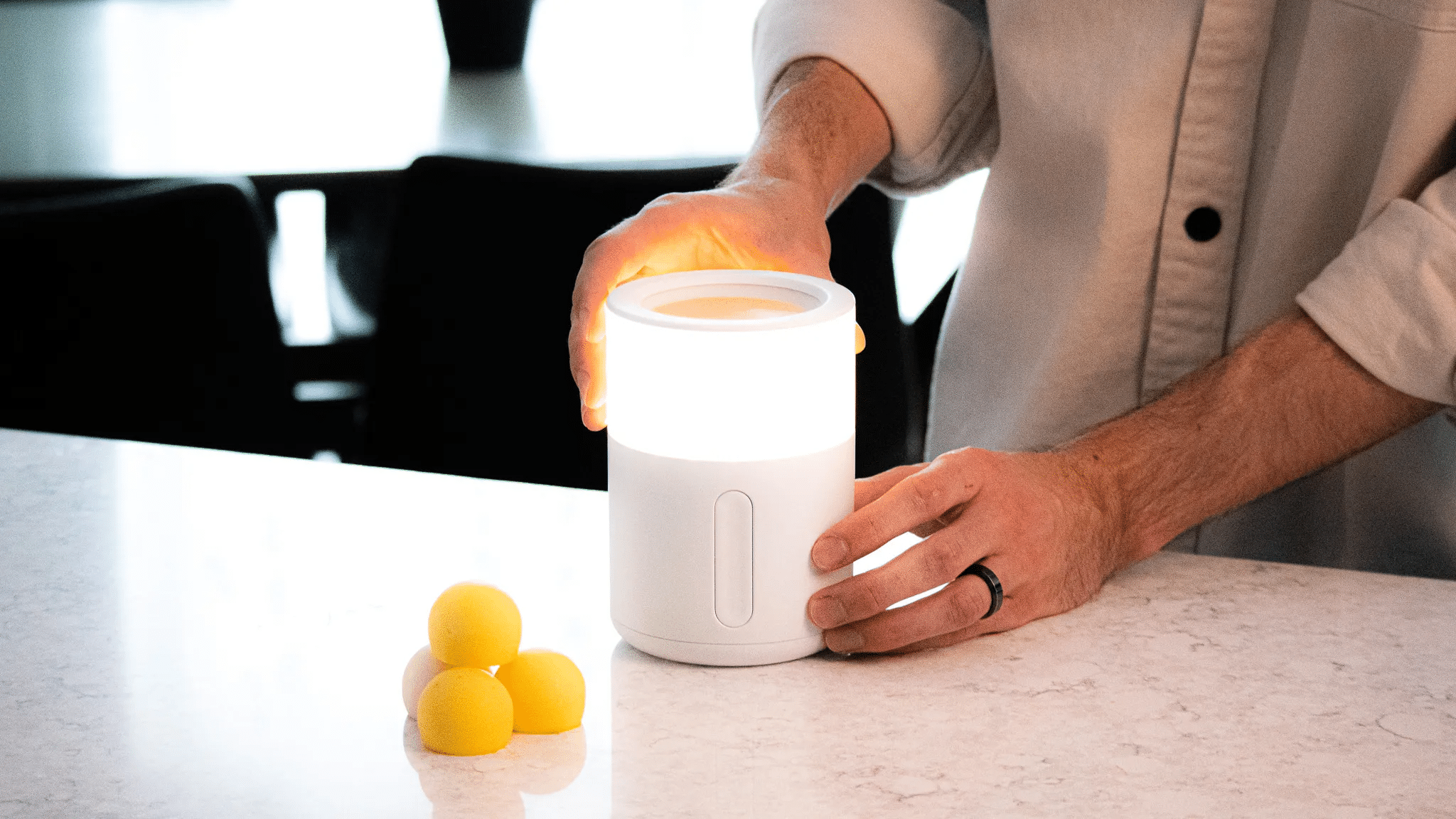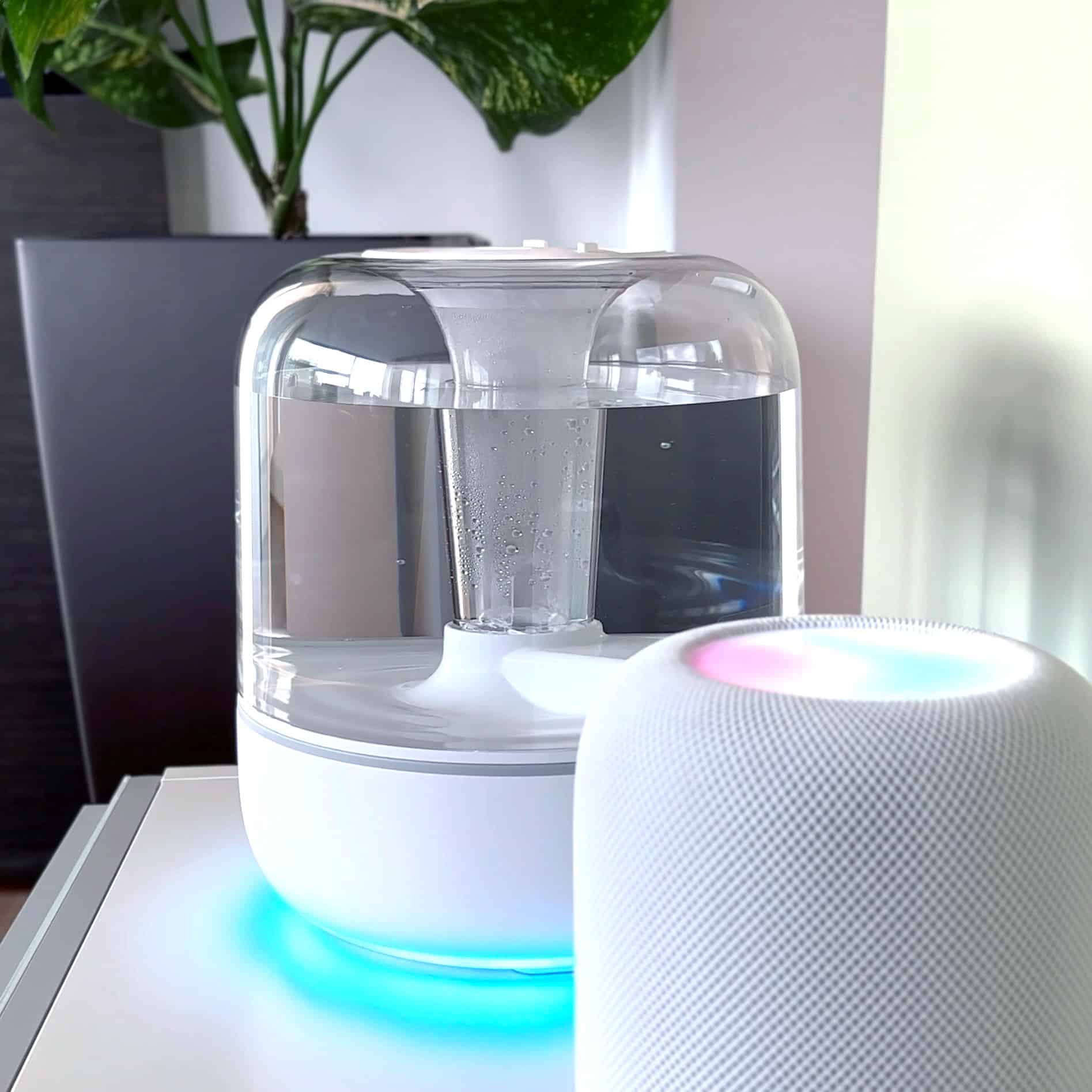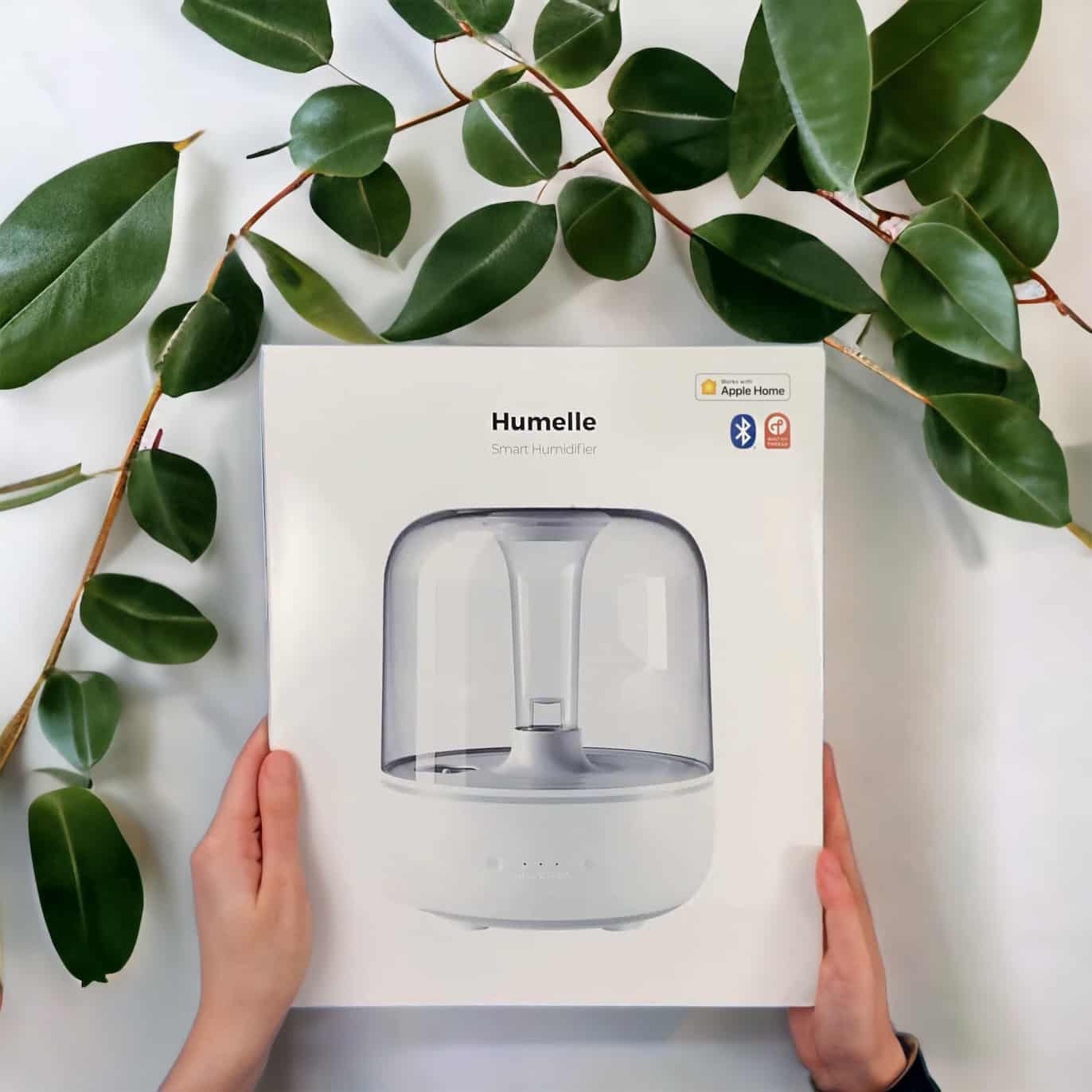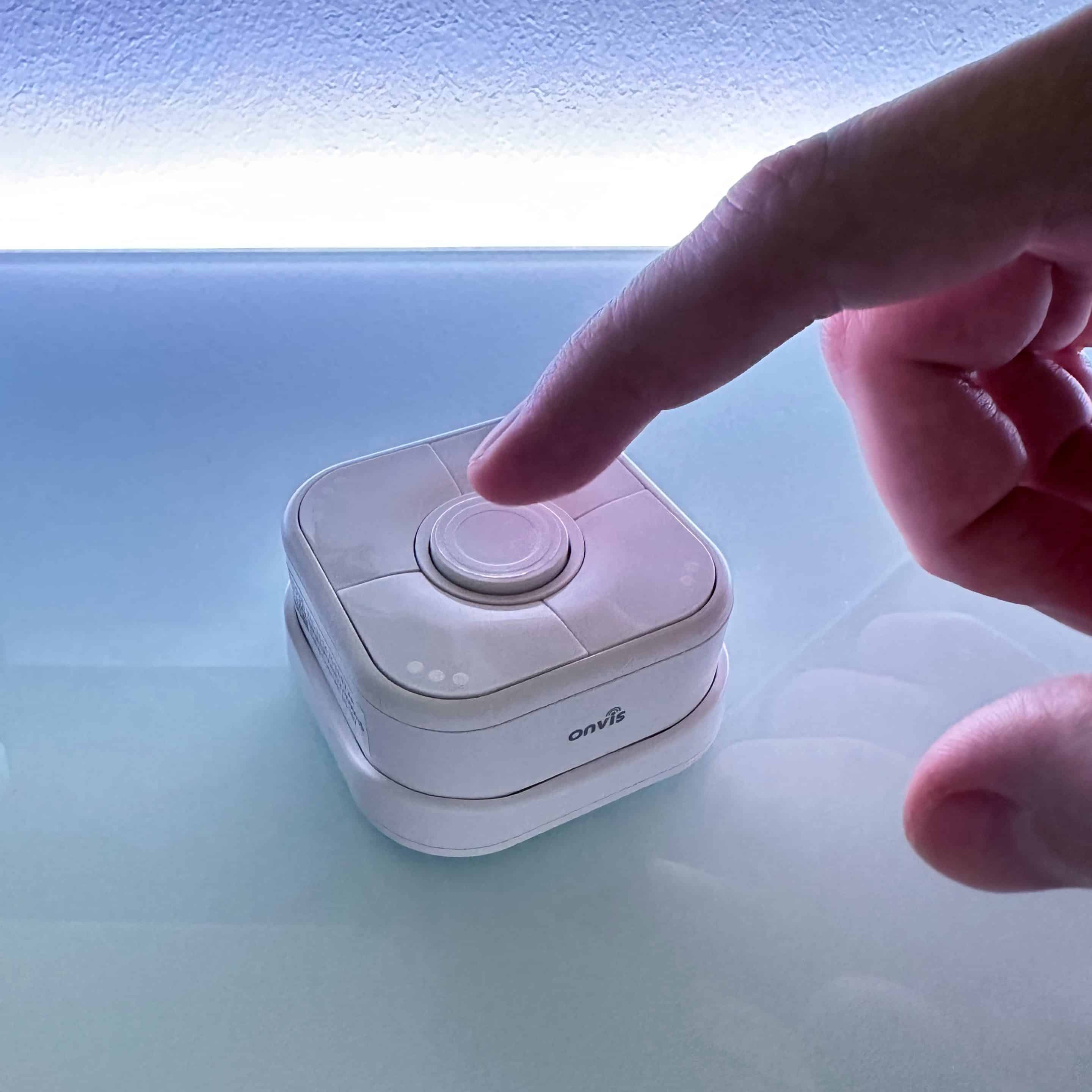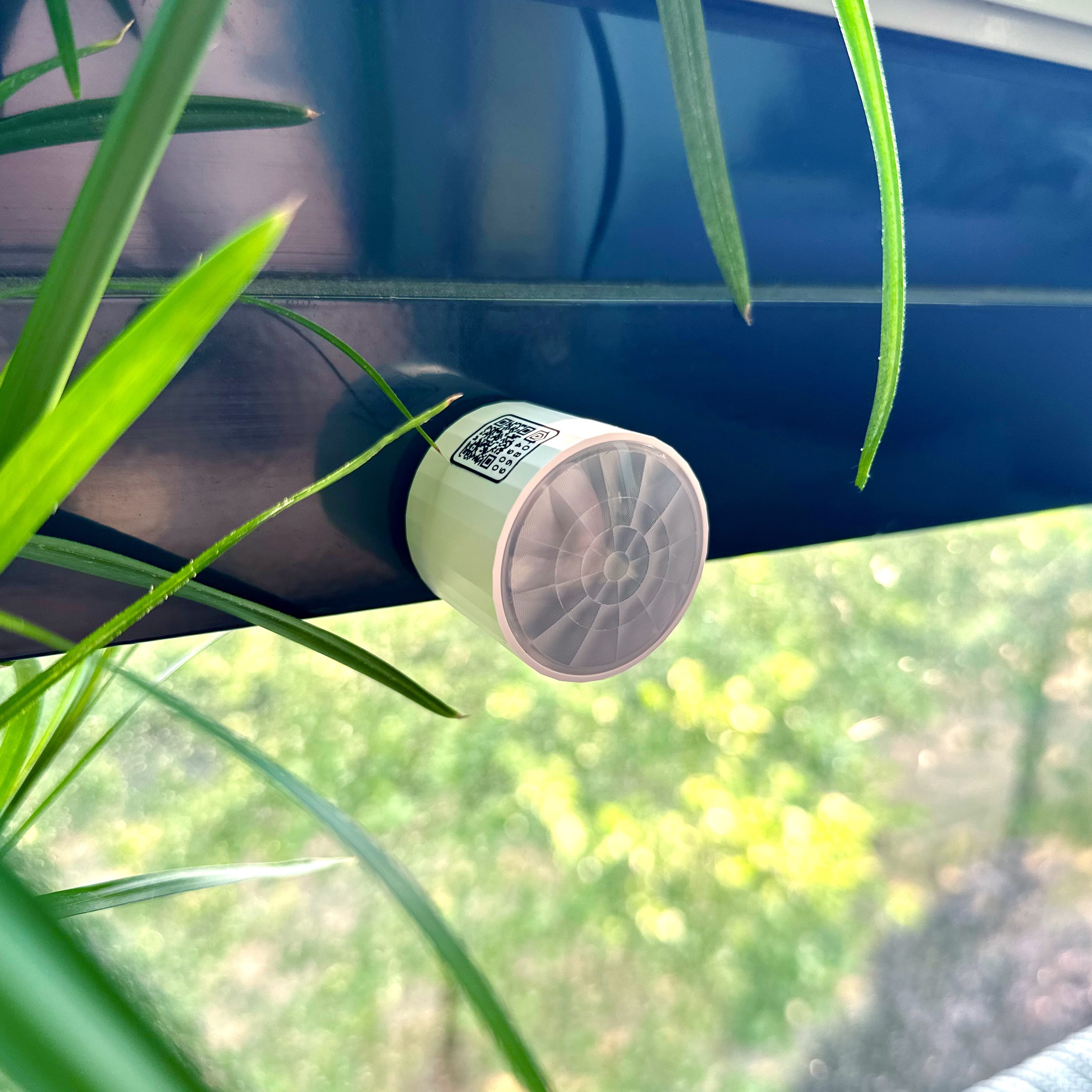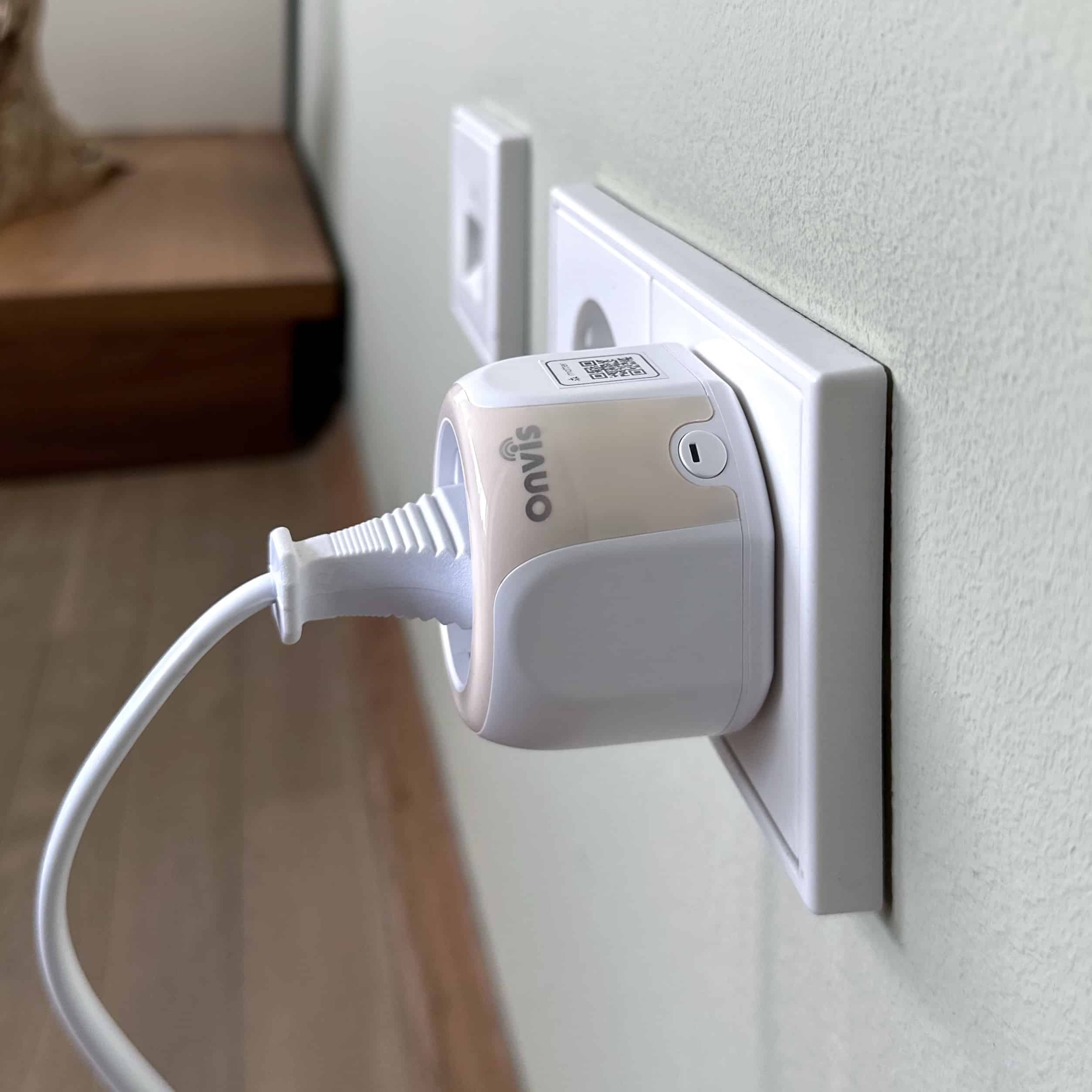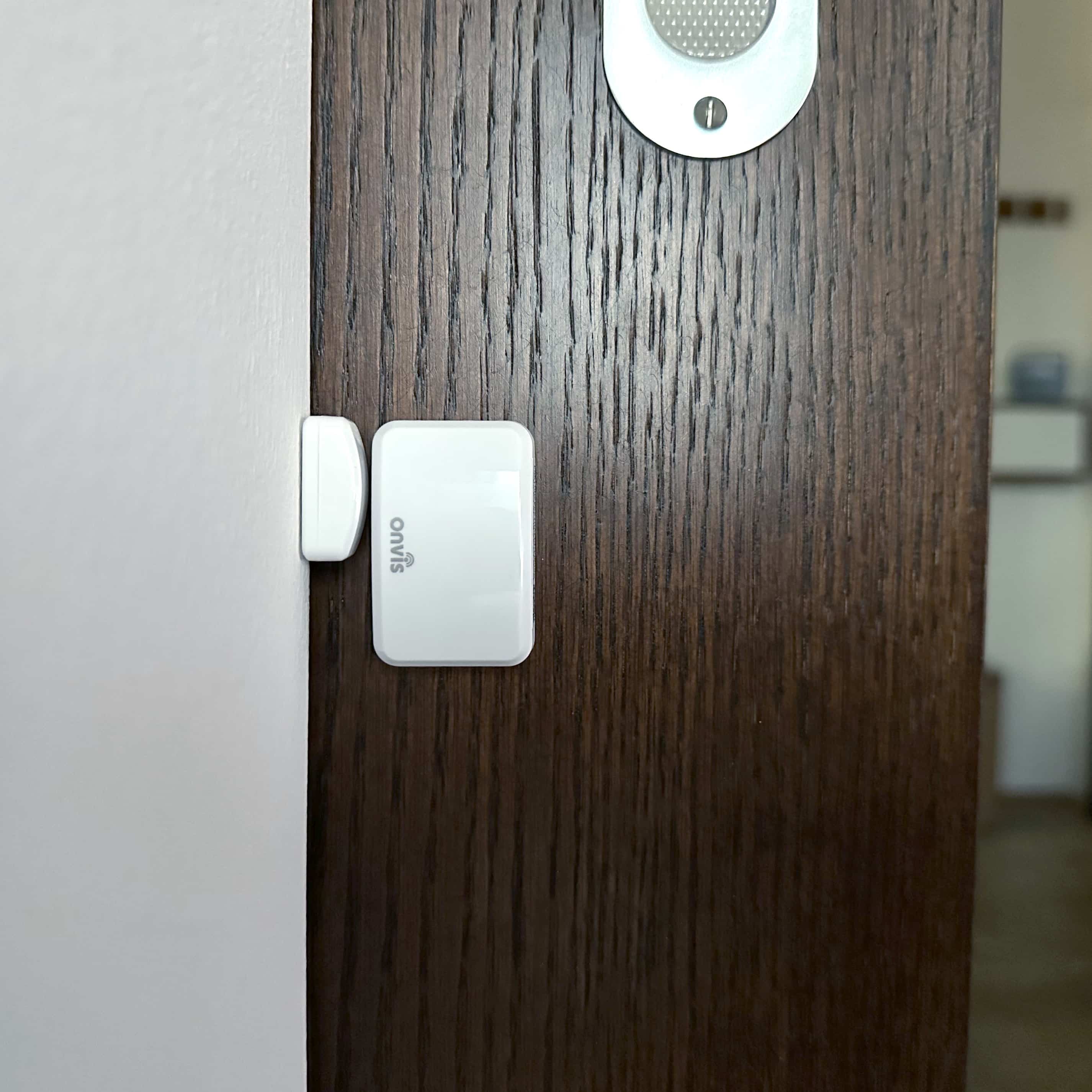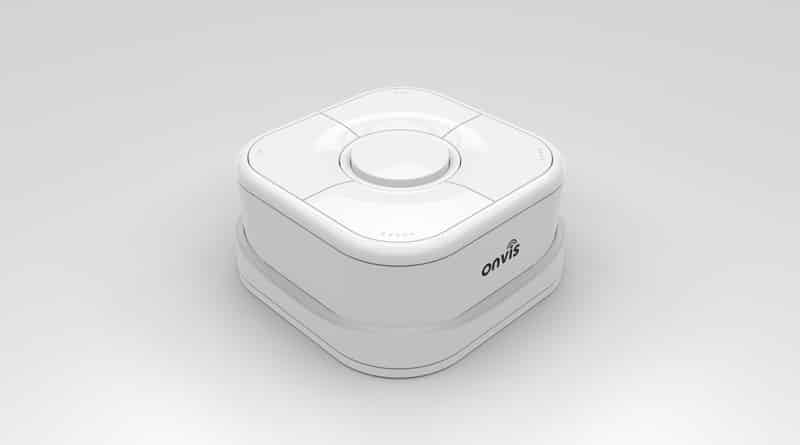Category: Thread
Apple introduced Thread to HomeKit with the HomePod mini. The new wireless standard offers several advantages over WiFi, Bluetooth and Zigbee. In this article we explain what it is all about and which devices are already compatible.
What is Thread anyway?
Thread is a radio standard of the Thread Group. Members include Apple, Google, Gardena, IKEA and numerous other companies. The radio standard is based on the Internet Protocol (IP). In addition to sending and receiving data, the wireless protocol also supports mesh functionality. This allows threaded devices to communicate with each other as well. If a receiver is not within range of the transmitter, other devices in between can simply relay the signal. With the appropriate number and distribution of devices, this allows for nationwide coverage.
What advantages does Thread offer over WiFi, Bluetooth and Zigbee?
Unlike WiFi, Bluetooth and Zigbee, Thread never goes into standby and thus never needs to be woken up. As a result, the radio standard achieves an extremely fast response time and constant availability. Thanks to mesh technology, the devices can also communicate with each other and forward signals, enabling a long range. If a node fails, another route is simply selected. Despite the numerous advantages, Thread is also very power-efficient. The wireless standard thus combines all the advantages of the other technologies.
What do I need for thread?
To use Thread in HomeKit, a Home Hub with Thread is required. At the moment, only the HomePod mini can do that. The first generation of the large HomePods does not yet meet the hardware requirements.
While battery-powered HomeKit devices with Thread only serve as endpoints, permanently powered devices can also relay signals from other Thread devices. If the range is to be increased, for example, because the signal does not reach into the garden, a permanently powered device must be installed in between.
Which devices are already compatible?


